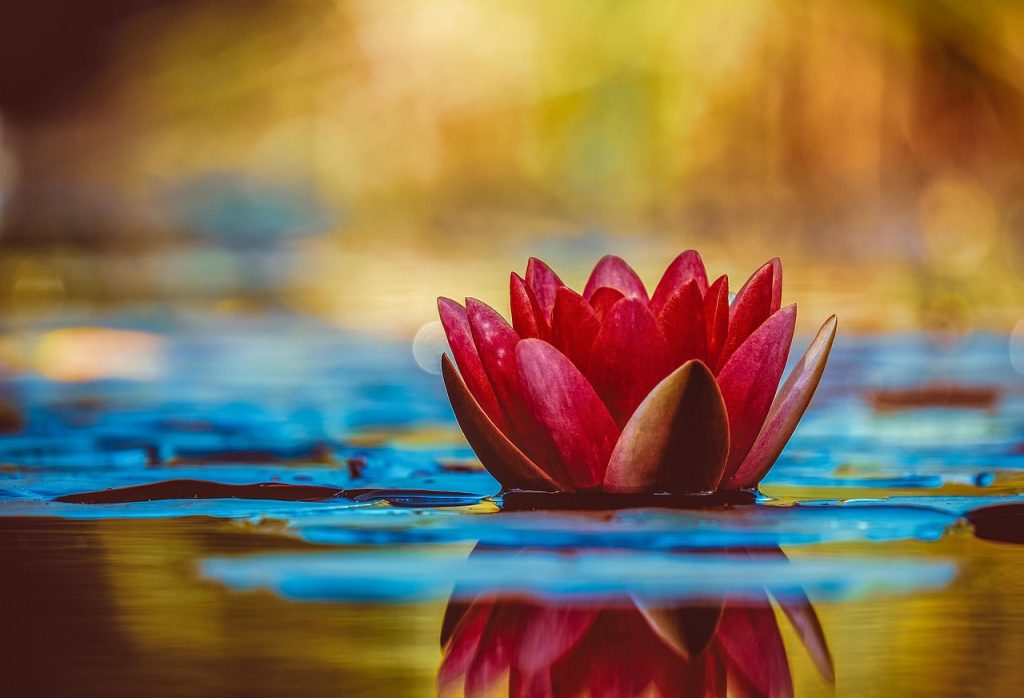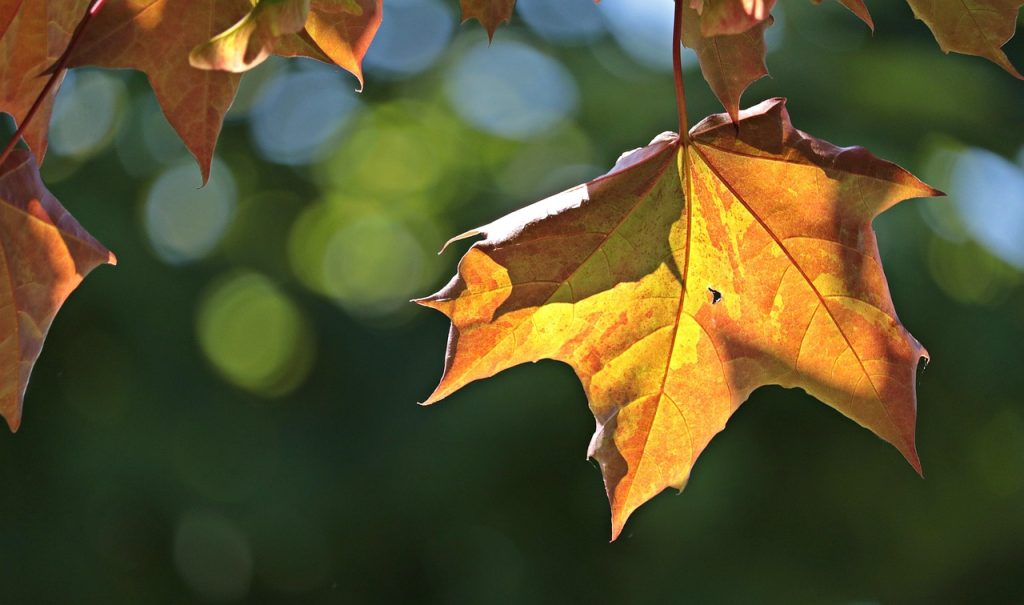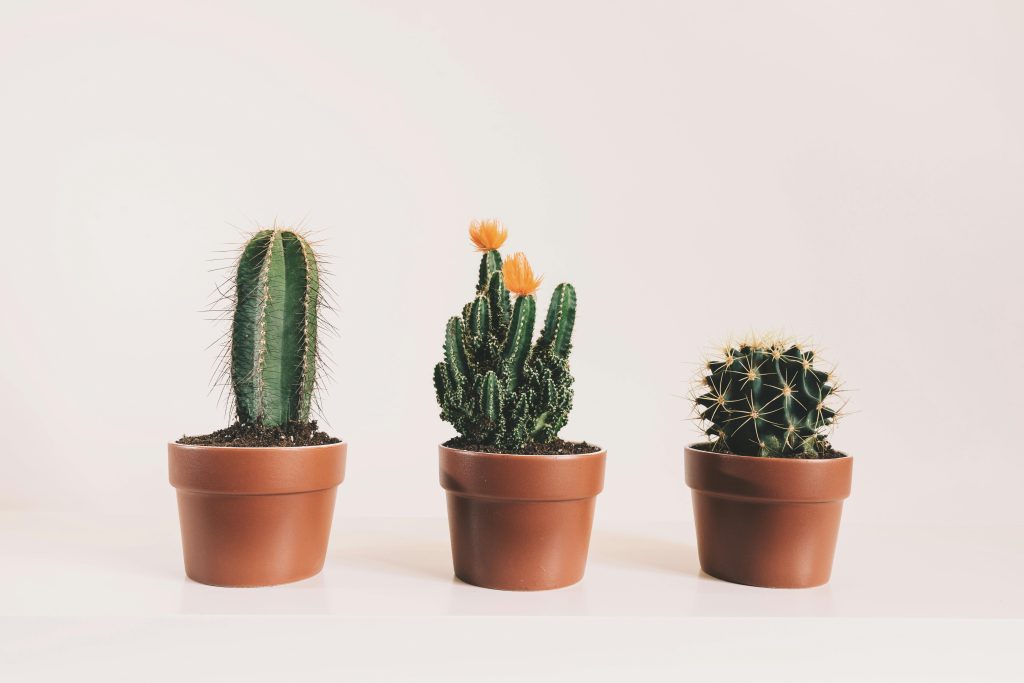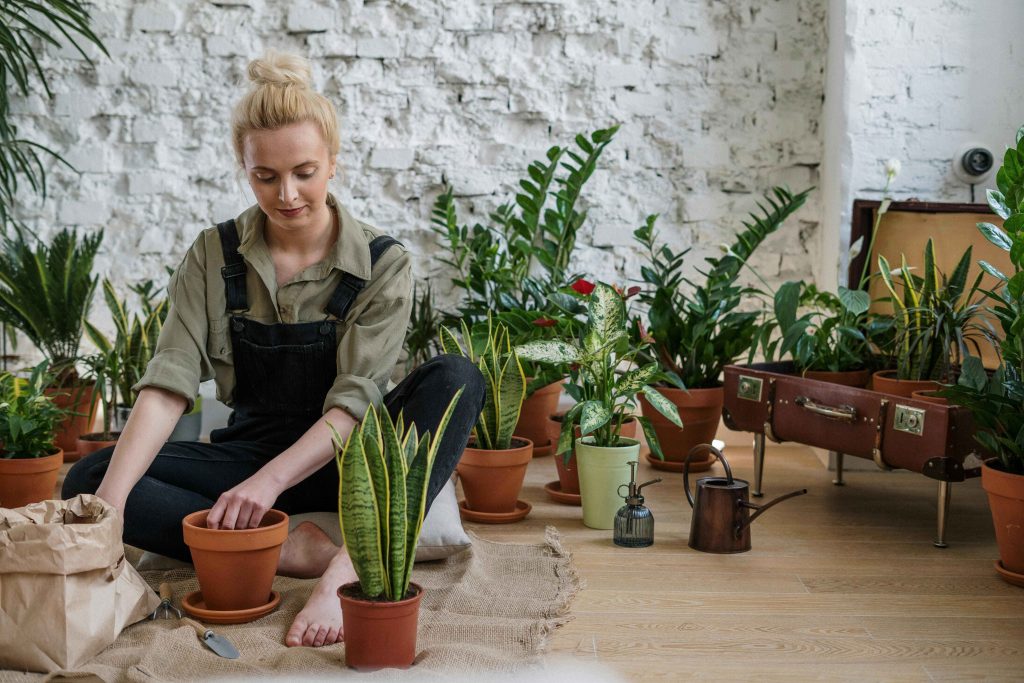A Zen garden is a sanctuary of simplicity and tranquility, inspired by Japanese traditions that emphasize balance, mindfulness, and connection with nature. Unlike vibrant flower gardens, Zen gardens use plants sparingly to create a calming, meditative space. For beginners, growing a garden with Zen plants is an accessible way to transform your backyard or balcony into a peaceful retreat. Plants like bamboo, Japanese maples, moss, hostas, ferns, ornamental grasses, and flowering groundcovers bring soft textures, soothing greens, and gentle movement, fostering a sense of calm without demanding advanced gardening skills.
Creating a Zen-inspired garden offers numerous benefits: it reduces stress, encourages mindfulness, and provides a low-effort outdoor space to unwind. This guide is tailored for beginners, focusing on easy-to-grow, low-maintenance plants that align with Zen principles of simplicity and natural beauty. Drawing from trusted sources like Better Homes & Gardens, The Spruce, and beginner-friendly Reddit discussions, we’ll explore how to select, plant, and care for Zen plants to craft your own serene oasis.

Best Zen Plants for Beginners
Zen gardens prioritize plants that evoke stillness, texture, and subtle beauty. Below are beginner-friendly, low-maintenance plants that align with Zen principles, along with their key features and growing conditions.
1. Bamboo
- Why It’s Zen: Bamboo’s tall, swaying stalks create a soothing rustling sound and symbolize strength and flexibility. It provides natural privacy, enhancing seclusion.
- Features: Slender, green or golden stems with delicate leaves. Clumping varieties (e.g., Fargesia) are ideal for controlled growth.
- Light & Zone: Full sun to partial shade; USDA zones 5–9.
- Tip: Choose non-invasive clumping bamboo to avoid aggressive spreading. Plant in containers for small spaces.
2. Japanese Maple (Acer palmatum)
- Why It’s Zen: Known for delicate, lacy foliage and vibrant seasonal colors (red, orange, green), Japanese maples add elegance and symbolize change.
- Features: Slow-growing, compact trees with soft, layered leaves.
- Light & Zone: Partial shade; USDA zones 5–8.
- Tip: Dwarf varieties like ‘Shaina’ are perfect for small gardens or containers.
3. Moss
- Why It’s Zen: Moss creates a velvety, green carpet, symbolizing age, stability, and simplicity. It thrives in shade, enhancing tranquility.
- Features: Low-growing, vibrant green, requires minimal care.
- Light & Zone: Shade to partial shade; zones 4–9.
- Tip: Ideal for covering rocks or filling gaps between plants. Keep moist for best growth.
4. Hostas
- Why It’s Zen: Hostas’ broad, textured leaves in shades of green, blue, or variegated patterns add depth and calm. Their subtle white or lavender flowers attract pollinators.
- Features: Lush foliage, shade-tolerant, low-maintenance.
- Light & Zone: Shade to partial shade; zones 3–9.
- Tip: Pair with moss or ferns for a layered, serene look.
5. Ferns
- Why It’s Zen: Ferns’ feathery fronds bring softness and lush greenery, perfect for shaded Zen corners. They evoke tranquility and simplicity.
- Features: Delicate, arching fronds; varieties like Japanese painted fern add subtle color.
- Light & Zone: Shade to partial shade; zones 4–8.
- Tip: Use along pathways or near water features for a calming effect.
6. Ornamental Grasses
- Why It’s Zen: Grasses like Japanese forest grass (Hakonechloa macra) add movement and texture, mimicking water’s flow. Their rustling sound enhances meditation.
- Features: Soft, cascading foliage in green or golden hues.
- Light & Zone: Shade to partial sun; zones 5–9.
- Tip: Dwarf varieties like blue fescue work well in small spaces.

7. Flowering Groundcovers (e.g., Liriope, Sedum)
- Why It’s Zen: Groundcovers like liriope (monkey grass) or sedum add subtle texture and color, replacing gravel in living “raked” patterns. They’re low-effort and resilient.
- Features: Liriope has strappy, grass-like leaves; sedum offers succulent foliage with small flowers.
- Light & Zone: Liriope: shade to partial sun, zones 5–10; Sedum: full sun, zones 3–9.
- Tip: Use to define pathways or soften rock edges.
These plants align with Zen principles of simplicity (Kanso), naturalness (Shinzen), and stillness (Seijaku), creating a harmonious, low-maintenance garden.
Choosing a Garden Location
Selecting the right spot is key to growing a Zen garden. Most Zen plants thrive in shaded or partially shaded areas, which enhance the calm, introspective feel of the space.
- Sunlight and Shade: Assess your garden’s light exposure. Moss, ferns, and hostas prefer shade, while bamboo and sedum tolerate partial to full sun. Japanese maples do best in dappled light. A shaded corner or area under trees is ideal for a Zen vibe.
- Soil and Moisture: Zen plants like well-drained, moist soil. Moss and ferns need consistent moisture, while sedum is drought-tolerant. Test your soil’s pH (moss prefers slightly acidic soil) and amend with organic matter like compost if needed.
- Space Considerations: Zen gardens can fit any space, from a backyard to a balcony. Choose a quiet, secluded spot visible from your home for reflection. A corner bordered by a fence or bamboo screen enhances privacy.
Reddit users in r/JapaneseGardens suggest starting small, like a 4×4-foot plot, to keep maintenance manageable for beginners.
Designing a Zen Garden with Plants
Zen garden design emphasizes asymmetry, negative space, and layered simplicity to evoke peace. Here’s how to arrange plants for a meditative effect:
- Asymmetry and Balance: Avoid symmetrical layouts. Place a Japanese maple slightly off-center as a focal point, surrounded by moss or ferns. This creates a natural, flowing look.
- Negative Space: Use open areas with groundcovers like liriope or sedum to mimic raked gravel. This “empty” space encourages mindfulness.
- Layered Simplicity: Group plants by texture and height. Place cascading Japanese forest grass near low-growing moss, with hostas or ferns in the background. Limit plant variety to maintain calm.
- Visual Rhythm: Create movement with grasses that sway in the breeze or bamboo’s rustling leaves. Position them along edges to frame the garden.
- Living “Raked” Surfaces: Use groundcovers like liriope or creeping Jenny to form soft, flowing patterns, replacing traditional gravel for a beginner-friendly approach.
A Reddit user in r/JapaneseGardens recommends keeping plantings sparse, using moss around a single tree to create a serene focal point.

Step-by-Step Planting Guide
Follow these beginner-friendly steps to plant your Zen garden:
- Soil Preparation:
- Clear the area of weeds, roots, and debris.
- Add organic compost to improve drainage and fertility. For moss, ensure slightly acidic soil (pH 5.5–6.5).
- Ideal Planting Times:
- Spring or early fall for bamboo, Japanese maples, hostas, and ferns to establish roots.
- Moss can be planted year-round in shaded, moist areas.
- Ornamental grasses and groundcovers are hardy and can be planted in spring or summer.
- Container vs. In-Ground:
- In-Ground: Best for large spaces. Dig holes twice the width of the root ball, place plants, and backfill with compost-enriched soil.
- Containers: Ideal for balconies or small yards. Use pots with drainage holes for bamboo, hostas, or dwarf grasses. Ensure containers are large enough for root growth.
- Planting Process:
- Space plants to allow air circulation (e.g., 2–3 feet for hostas, 1 foot for groundcovers).
- Water thoroughly after planting to settle roots.
Care & Maintenance
Zen plants are low-maintenance but require consistent care to thrive:
- Watering: Keep soil moist but not waterlogged. Moss and ferns need regular watering (1–2 times weekly), while bamboo and sedum are more drought-tolerant. Use a soaker hose for even moisture.
- Feeding: Apply a balanced, slow-release fertilizer (e.g., 10-10-10) in spring for hostas, ferns, and grasses. Moss requires no fertilizer.
- Pruning: Trim dead fronds on ferns and spent leaves on hostas in spring. Shape bamboo or Japanese maples lightly to maintain form, avoiding heavy cuts.
- Seasonal Care:
- Spring: Divide hostas or grasses if overcrowded.
- Summer: Monitor moisture for moss and ferns.
- Fall: Mulch around plants to protect roots.
- Winter: Japanese maples may need burlap wrapping in cold climates (zones 5–6).
Read More: Grow a Garden with Tranquil Plants
Common Mistakes to Avoid
Beginners often make these errors when growing a Zen garden:
- Overcrowding: Too many plants disrupt the minimalist aesthetic. Stick to 3–5 plant types.
- Bright, Clashing Colors: Avoid vibrant flowers like red azaleas. Opt for muted greens or subtle blooms (e.g., white hosta flowers).
- Neglecting Harmony: Ensure plants complement each other. Pair moss with ferns for cohesion, not chaotic variety.
- Ignoring Maintenance: Even low-maintenance plants need occasional care. Check for pests on hostas or overgrowth in bamboo.
A Reddit user in r/JapaneseGardens warns against over-planting, suggesting a single Japanese maple with moss underneath for a beginner-friendly start.

Enhancing the Zen Vibe with Plants
To deepen the tranquil atmosphere:
- Fragrant Plants: Liriope’s subtle lavender blooms add a gentle scent. Avoid overpowering fragrances like lavender, which can disrupt Zen calm.
- Wind-Reactive Plants: Bamboo and ornamental grasses sway gracefully, creating soothing sounds. Place them where breezes are common.
- Wildlife Attraction: Hostas’ flowers draw butterflies, adding subtle movement. Avoid plants that attract excessive wildlife to maintain stillness.
- Slow-Growing Plants: Japanese maples and moss grow slowly, encouraging meditative care and patience.
FAQs
Bamboo, Japanese maples, moss, hostas, ferns, ornamental grasses, and groundcovers like liriope or sedum are ideal for their low maintenance and calming textures.
Yes! Use containers for bamboo, dwarf Japanese maples, or hostas. Moss and groundcovers thrive in shallow planters, creating a mini Zen retreat.
Choose clumping bamboo (e.g., Fargesia) or plant in containers to control roots. Install root barriers for in-ground planting if needed.
Moss is the easiest, requiring only shade and moisture. Sedum and liriope are also low-effort for sunny or mixed-light areas.
Keep moss moist with regular misting or watering. Remove debris to prevent rot, and ensure it’s in a shaded spot with slightly acidic soil.
Conclusion
Growing a garden with Zen plants is a rewarding way for beginners to create a peaceful outdoor sanctuary. By choosing low-maintenance plants like bamboo, Japanese maples, moss, hostas, ferns, and groundcovers, you can craft a space that fosters calm and mindfulness. With simple design principles, proper plant care, and a focus on harmony, your Zen garden will become a lasting retreat for relaxation. Start small, embrace simplicity, and let your garden grow into a serene haven.